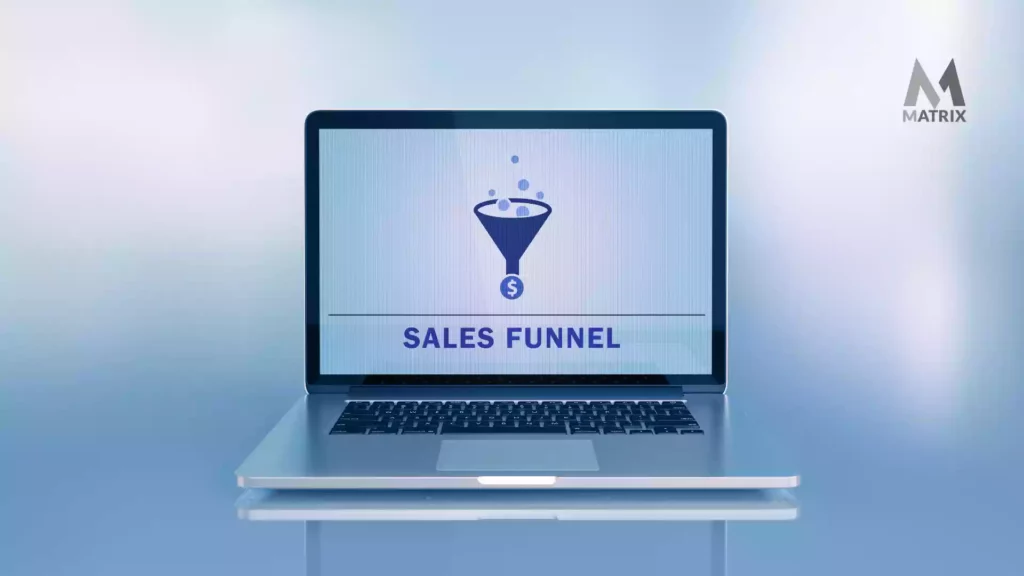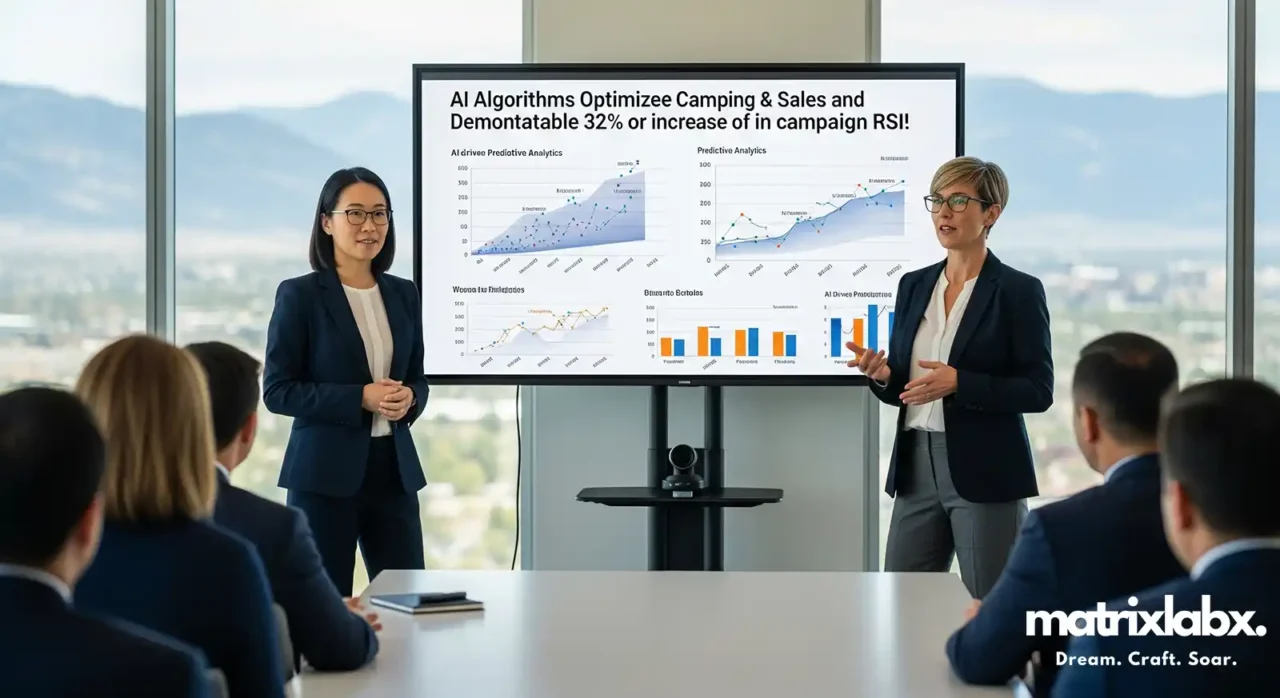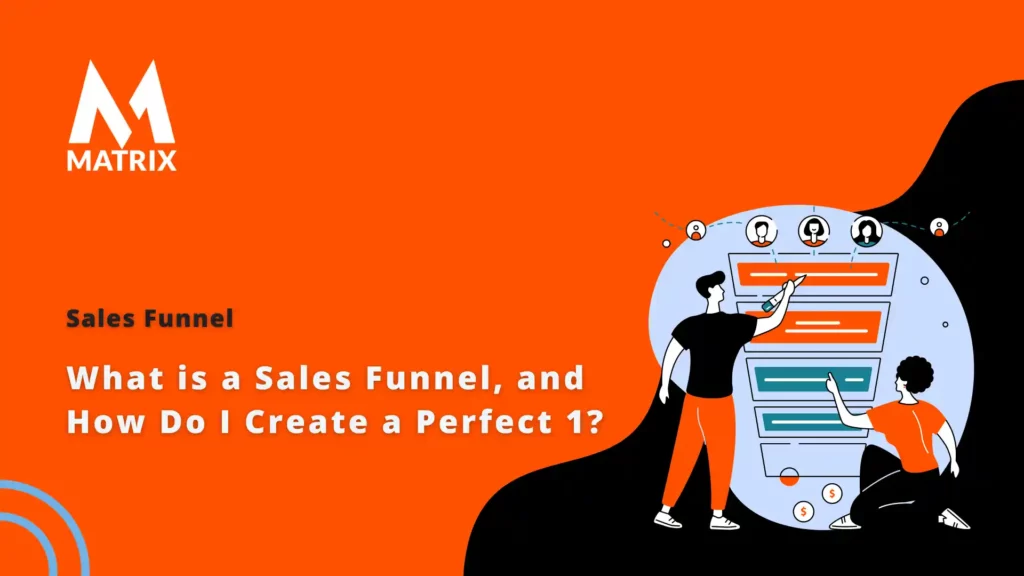If you’re not using a sales funnel, your marketing costs more money than it’s generating.
Most businesses skip sales funnel design and allocate their marketing budget to ads that fail to convert. A proven sales pipeline can reduce costs and increase conversions for any business.
Anyone can build an effective sales pipeline with the right tools in just a few hours! The hard part is your content. You will learn what a sales funnel means, how to build a sales funnel, the stages of the sales funnel, and how to use an ecommerce sales funnel.
This article teaches you how to create a simple, high-converting sales and marketing funnel with minimal technical skills or experience needed! You’ll learn what works and doesn’t, so you don’t waste time building ineffective funnels.
What is a sales funnel, and how does it work?

Sales funnels can come in many shapes and sizes, but they all have five essential components:
- A “promotion” stage of the funnel;
- Gathered contact information;
- Designed follow-up incentives and offers; 4) Deliverable (product or service), and
- Ongoing customer satisfaction.
Creating a sales and marketing funnel for your company is crucial because it helps you attract and retain customers. The sales pipeline is the core of any business, not just customer service.
Sales pipelines are important because they provide the foundation for all other company parts to be profitable. A sales pipeline can be used to market products and services. 10 Most In-Demand Types of SEO Services to Focus On in 2025
What are the sales pipeline stages?
- Finding potential customers
- Gaining their trust
- Developing a relationship with them
- Establishing rapport
- Closing the sale
- Maintaining the relationship post-sale
You must align your sales pipeline (pipeline process) with your customer’s journey.
Steps to creating a sales pipeline

1) Finding the customers:
The first step is to research your target market and determine what they want, so you can provide them with something valuable.
For example, if you sell dog food to people with dogs, it’s important to know their dog breeds to better cater to their needs. You should also determine how much they are willing to spend on specific types of dog food. The same goes for any product.
There are many ways to find potential customers, including Google search, Facebook ads, SEO, content marketing, and social media marketing.
2) Gaining their trust:
Once potential customers come across your offer (for example, through one of the methods mentioned above), they will likely be interested in it. Your job is to convince them they should trust you and your business with their money, so they need to believe that you are a legitimate company and not try to scam them.
You can achieve this by showcasing reviews from other customers who have had success with your product or service, and ensuring the design of your website appears professional rather than unprofessional.
3) Developing a relationship:
Next, it’s time to develop a real relationship with potential customers who feel like part of the company and know someone will be there if something goes wrong.
You can achieve this by offering online/mobile tracking systems that allow clients to track their orders in real-time after purchase, via email updates, for example.
What is the sales funnel process?

The sales process and sales pipeline metrics begin by identifying your target market. Once you identify your target market, begin researching, learn about their wants and needs (which will determine whether or not they need what you’re offering), and search for ways to provide value based on this information.
After creating a list of potential customers that are likely to buy what you have to offer, it’s important to find out how they prefer to be contacted so that you can build relationships with them.
Then, it’s time to begin creating rapport with your potential customers. This is where they start to trust that you know what they need and that you will provide a solution if they continue going through the sales pipeline process.
The closing stage of the sales pipeline is when a customer decides whether purchasing from you will fulfill their wants and needs.
And finally, maintaining a relationship post-sale allows you to solidify your bond with that customer, so that they become an advocate for your business.
Let’s examine each sales stage in more detail.
Step 1: Finding Potential Customers
To create a successful funnel, it’s essential to identify potential customers who have the means to purchase what you offer. There are several ways to find potential customers, including online advertising, trade shows, content marketing, referrals, and other sources, which may vary depending on your business.
Step 2: Gaining Their Trust
Once you’ve identified your target market, gaining their trust is crucial so they feel comfortable purchasing from you rather than a competitor brand. This will allow them to take the next step in your funnel process, which is developing a relationship with them so you can establish rapport.
The more rapport established here, the greater the chances are for closing the sale down the road. Establishing trust and rapport with your target market is an ongoing process that requires dedication and consistency. So, make sure you have a plan to keep that relationship strong.
Communication, authenticity, education, and value are all key elements for developing trust with your target market.
Start by connecting on social media, as it’s cost-effective and personal enough for people to get to know your brand. You can also use email newsletters and website content to stay in touch with them, providing helpful resources to help them solve their problems. Keep it interesting by creating a mix of educational, entertaining, and promotional content.
Consistently showing up and delivering on the promises made will go a long way in establishing trust with your target market. Ultimately, always strive to be transparent and honest in your interactions to foster the strongest relationships possible.
Developing trust with your target market can create lasting relationships that turn prospects into advocates. Listening is key to deepening those relationships, so ask questions and understand any needs or pain points customers may have.
Step 3: Developing A Relationship With Potential Customers
After gaining their trust by providing value based on specific information about their wants and needs, you can develop a relationship with them—the more personalized the information provided to potential customers about how they can be helped, the better.
Step 4: Establishing Rapport With Potential Customers
Establishing rapport is critical because it enables your relationship to grow, allowing you to continue moving down the sales funnel toward closing a sale. Here are some tips on establishing rapport: – Take an interest in their lives – Speak to them as if they were already paying clients – Show empathy through verbal communication.
Step 5: Closing The Sale
To close sales successfully, you must provide value based on your product or service by meeting the needs of potential customers. This will be the final step in the funnel process.
Step 6: Maintaining A Relationship Post-Sale
The final step is maintaining a relationship with your potential customers after they have purchased from you. This can be done by sending them reminders about free offers, information about different products or services they may find helpful, and other value-based content.
How to create a funnel for your business.
A funnel was created through six steps. The six steps are:
- Finding potential customers,
- Gaining their trust,
- Developing a relationship with them,
- Establishing rapport,
- Closing the sale and
- Maintaining the relationship post-sale.
The term “sales funnel” refers to the gradual progression of people through an organization’s various stages. The steps are designed to help you engage with potential customers at each stage of the buying process.
Understanding where your target audience is in the sales pipeline will help you identify the best way to reach them and at what point in time.
You can also track customer interest, implement real-time changes for maximum effectiveness, and monitor which channels yield the best results.
A well-maintained sales process will attract all the right prospects toward a final sale while filtering out those who aren’t interested or available at that particular time; this helps ensure that your investment isn’t wasted on unqualified leads. Digital Marketing for Solar Companies to Increase Sales
Identify the leaks in the stages of your sales process.
This is where you identify what’s wrong with your sales channel. For example, you might have found that the top of the funnel has too many activities or that your order forms are not working properly.
Here are some things you could do to fix the leak:
- Add a special offer on your landing page
- Create a better freebie
- Remove the form step
- Update information about your product
- Discontinue doing things that are not effective
Stop activities and campaigns that are not working. This involves reviewing your reports to identify what generates the most revenue and what’s causing you to incur losses.
Do more of what is effective.
If certain activities or campaigns are performing well, continue them to grow your sales pipeline!
This is a great way to build your business with minimal costs and time. Hopefully, this simple guide will help you create an effective sales pipeline without too much head-scratching.
Sales funnel management is a process.
Sales management is a process that has been developed specifically for this purpose. Business owners use it to identify any leaks in their funnel. In many ways, the job of a salesperson is relatively easy.
If they have an ad with pictures and prices of their product, they can almost automatically make a sale. What happens after the sale?
This is where Sales Funnel Management comes into play.
“A poor sales funnel can cause your company to lose money and prevent future sales,” said George Schildge, a top Denver SEO Specialist. According to him, making sure that your sales funnel is in good shape should be one of the first things you do when starting an online business or even offline.
Deliver the right message at the right stage of the funnel
What is the right message to send?
It all depends on the stage of the funnel. If you are at the top of the funnel, you want to advertise your product or service.
Or employ a content marketing strategy paired with search engine optimization services. Remember, the rest is a waste of time if the prospect doesn’t get past the headline.
If you are in the middle of the funnel, you might inform customers of good deals and discounts. If you are at the bottom of the funnel, it is important to focus on customer loyalty and retention.
How to use HubSpot to master the sales process
HubSpot is a CRM and marketing automation platform that provides systems for managing your sales pipeline.
With HubSpot, you can control your customers’ lifetime value, allowing you to determine when to contact them or send them targeted offers.
Sharpspring automatically presents the data in a visual format, displaying the amount and conversion rates by pipeline stage.
This is extremely useful for identifying leaks in your pipeline, guiding you as a marketer on where to allocate your time, and enhancing your marketing ROI.
You can also use it to measure everything in your funnel so you know when the leaks are happening and how to maximize your ROI at each stage.
HubSpot’s top features include the following:
- Support for automated email campaigns
- Customizable drip campaigns
- Lead scoring system
- Personalized email templates
- Advanced analytics
- Automated lead nurturing campaigns
- Integrations with CRM and survey tools
- Customer service
Using HubSpot, you can improve your funnel’s efficiency and maximize the ROI of every campaign.
Conclusion
Building a seamless, frictionless unit between sales and marketing requires that both sides listen to the other.
Salespeople want qualified leads, good data to tell them who they’re contacting, and details on the potential customer’s evaluation. It will help them deliver an RFP, demonstration, presentation, etc.
The marketing team, in turn, needs feedback on the data they deliver. They need to know if a sale has been completed or why it failed. Remember also that a sale should never end a customer relationship.
Follow-up sales, maintenance, upgrades, and other related tasks should be returned to marketing. The loop should never end, and the funnel should continue to regenerate.
The marketing-to-sales ratio should continuously flow between marketing, sales, and the customer.
Although there are many marketing channels available in today’s market, returning to your retail roots may help shape your thinking. Return to the old village, envision yourself as a simple vendor, and use common sense.
A marketing funnel is a process that includes various promotional methods for identifying potential customers. What is HubSpot Consulting?
Recall the six steps:
- Finding potential customers
- Gaining their trust
- Developing a relationship with them
- Establishing rapport
- Closing the sale
- Maintaining the relationship post-sale
Sales can be viewed as a process that helps business owners identify leaks in their sales funnel, allowing them to determine when to contact or send offers to their customers at each stage.
HubSpot’s top features include support for automated email campaigns, customizable drip campaigns, lead scoring systems, personalized email templates, advanced analytics, automated lead nurturing campaigns, and integrations with CRM and survey tools.
Using HubSpot CRM, you can improve your funnel’s efficiency and maximize the ROI of every campaign.
General FAQs
What are the sales funnel stages?

The funnel is a metaphor for the sales process from initial contact to final sale. The funnel has five stages: lead (MCL), prospect (MQL), qualified prospect (SAL), committed (SQL), and transacted. Toward the bottom of the funnel, the time to closing decreases, and the probability of the sale occurring increases.
What is the sales pipeline?

The sales pipeline (also known as a revenue funnel or sales process) refers to the buying process companies use to lead customers through when purchasing products.
How do I create a Sales pipeline?

Sales pipelines are easy to create using HubSpot’s intuitive editor tool that guides you through the process.
Who uses HubSpot for the Sales pipeline?

Sales and Marketing Teams primarily use HubSpot funnels to generate leads and convert potential customers to buyers. The sales pipeline can be customized to suit the objective—such as gaining trust, defining rapport, establishing a relationship, closing sales, etc. Sales funnel admins can set up multiple triggers depending on the funnel’s objectives, such as gaining trust, defining rapport, establishing a relationship post-sale, etc.


